By Jacky Blisson MW
Portugal enjoys an enviable position in southwestern Europe. Its continental coastline stretches over 800 km from north to south. Tourism is booming and it is no wonder. The scenery is stunning, the food is delicious, and the wines are better than ever.

The wide diversity of Portugal’s wine regions, from the cool, river valleys of Vinho Verde to the sun-drenched beaches of the Algarve, allows over 250 different indigenous grapes to prosper. Vineyards span the country, from its vast plains to rugged, mountainous terrains.
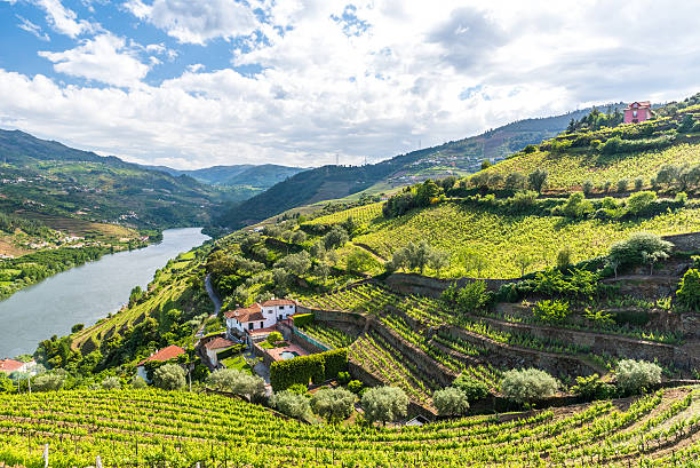
In the past, Portugal was best known for its Porto and bold red wines. Today, lighter, fresher wine styles are generating equal buzz, with a notable spotlight on elegant sparkling wines and serious dry whites.
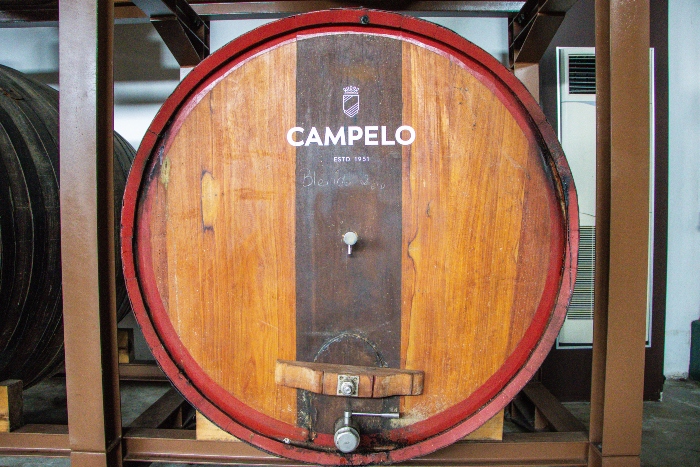
Here is a brief overview of Portugal’s key wine regions:
Vinho Verde
Traditionally, the Minho region of northern Portugal produces light, crisp, low alcohol, subtly sparkling wines with a whisper of residual sugar. Most are white wines (aka Vinho Branco), made from a blend of local grapes in an unoaked, early drinking style.
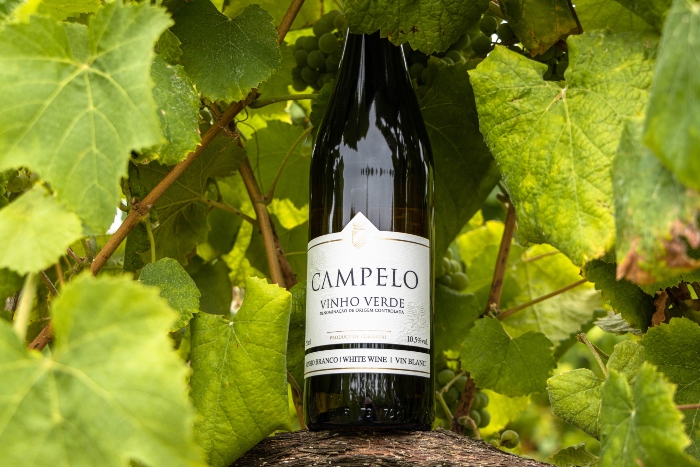
More recently, Vinho Verde winemakers have begun experimenting with dry, still, single variety wines. These fresh new whites offer a fascinating opportunity to discover the varietal character of the region’s star varieties: Alvarinho, Arinto, Loureiro, and Trajadura.
Douro e Porto
The steep, terraced vineyards of the Douro Valley follow the sinuous path of the Douro River from the Spanish border, gradually flattening as they near the city of Porto. The climate is hot and dry, protected from wet coastal weather by the Serra do Marão mountains.
Native Portuguese red grapes Tinta Barroca, Tinta Roriz, Tinto Cão, Touriga Franca, and Touriga Nacional thrive here. These are the favoured varieties in the Douro’s famous fortified Port wines and its bold, dry reds. A small, but increasingly exciting quantity of premium white wine is also made here from local grapes Gouveio, Malvasia Fina, Moscatel, Rabigato and Viosinho.
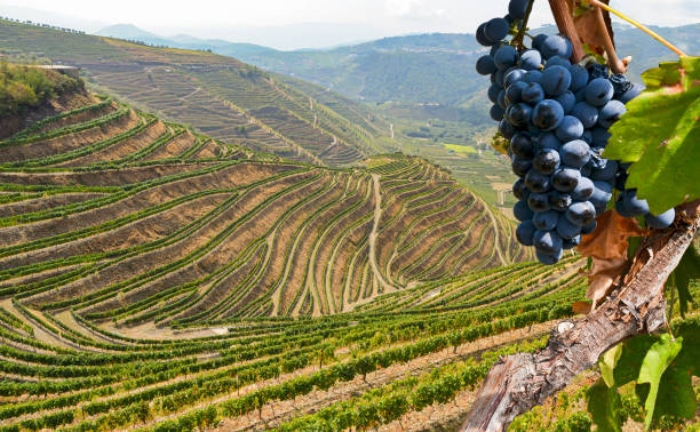
Dão
The mountainous region of Dão sits to the southwest of the Douro. The area is sheltered from the extremes of both continental and maritime weather patterns, giving it a temperate climate. Like the Douro, the Dão takes its name from the river that traverses its vineyards.
Touriga Nacional is the reigning red grape here, often blended with Tinta Roriz. The Dão’s more moderate climate and higher proportion of granite soil give a slightly fresher, more mineral-laced quality to these red blends as compared to the Douro. Excellent reds are also being made from the region’s Alfrocheiro and Jaen varieties.
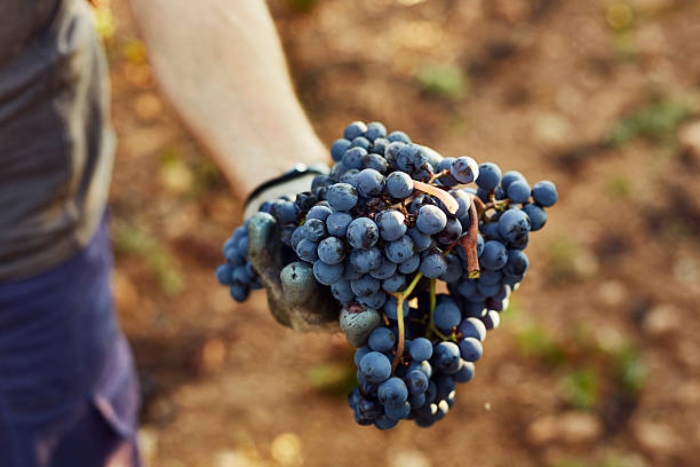
Bairrada
The coastal plains of Bairrada have a mild, fairly rainy climate. The vineyards grow on clay-limestone soils in certain areas and on sandy soils elsewhere giving quite different wine styles – more ample and tannic on the former, silkier and lighter on the latter.
The major red grape of Bairrada is Baga. This thin-skinned, late ripening variety yields red wines of vibrant freshness, medium body, and perfumed notes of wild berries and plum. Bairrada is also a revered terroir for sparkling wines in Portugal.
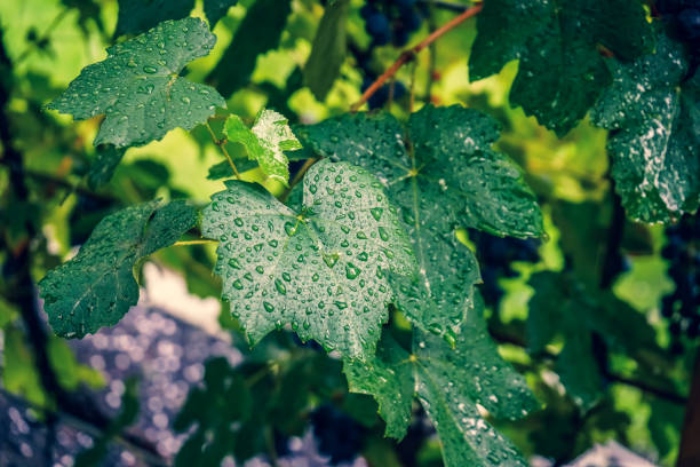
Alentejo & Tejo
These hot, dry regions represent more than one-third of Portugal’s total surface area. Due to their varied topography and multitude of different soil types, each of these areas is sub-divided into a handful of winemaking sub-regions.
Alentejo, which means “beyond the Tejo” (river), is the heartland of Portugal’s red wine production. Major grapes include: Alfrocheiro, Alicante Bouschet, Aragonez, Castelão, and Trincadeira. It is difficult to generalize given the region’s wide diversity, but rich, velvety, ripe-fruited red wines are common.
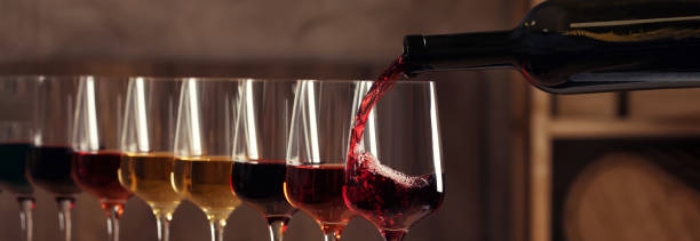
Lisboa
The vineyards of Lisboa are located to the north and west of Lisbon. A wide variety of sparkling, white, rosé, and red wines are produced here. Fresher, lighter styles are produced close to the Atlantic coast, while the warmer interior, shielded by the Serra de Montejunto hills, yields bolder wines.
Colares is a reputed red wine sub-region, located near Lisboa’s southwestern tip. The area’s sandy soils prevent Phylloxera infestations allowing for ungrafted vines of the local Ramisco variety. Its wines are robust and tannic.
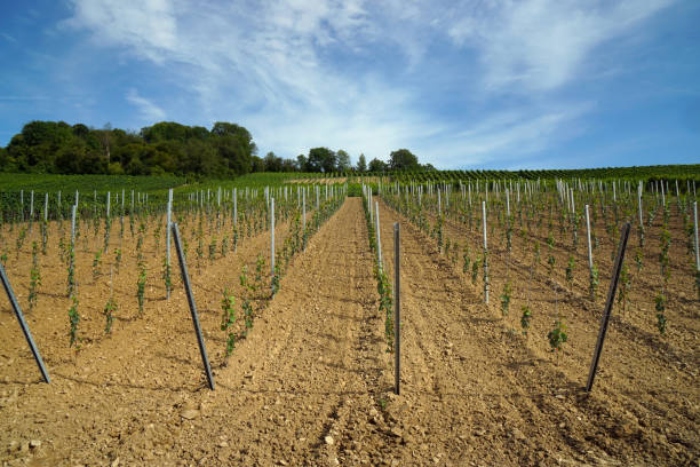
The Islands
Located over 1000 kilometres from the mainland, it is easy to forget that the Madeira archipelago and the Azores are part of Portugal’s vibrant wine scene. Madeira is famous for its complex, long-lived fortified wines. The volcanic soils and marine breezes of the Azores give a distinctive salinity to its crisp white and red wines.

Jacky Blisson MW is an independent wine educator, writer, and consultant with over two decades of experience in all facets of the global wine trade. She is the first Master of Wine in Québec and one of only ten across Canada.


